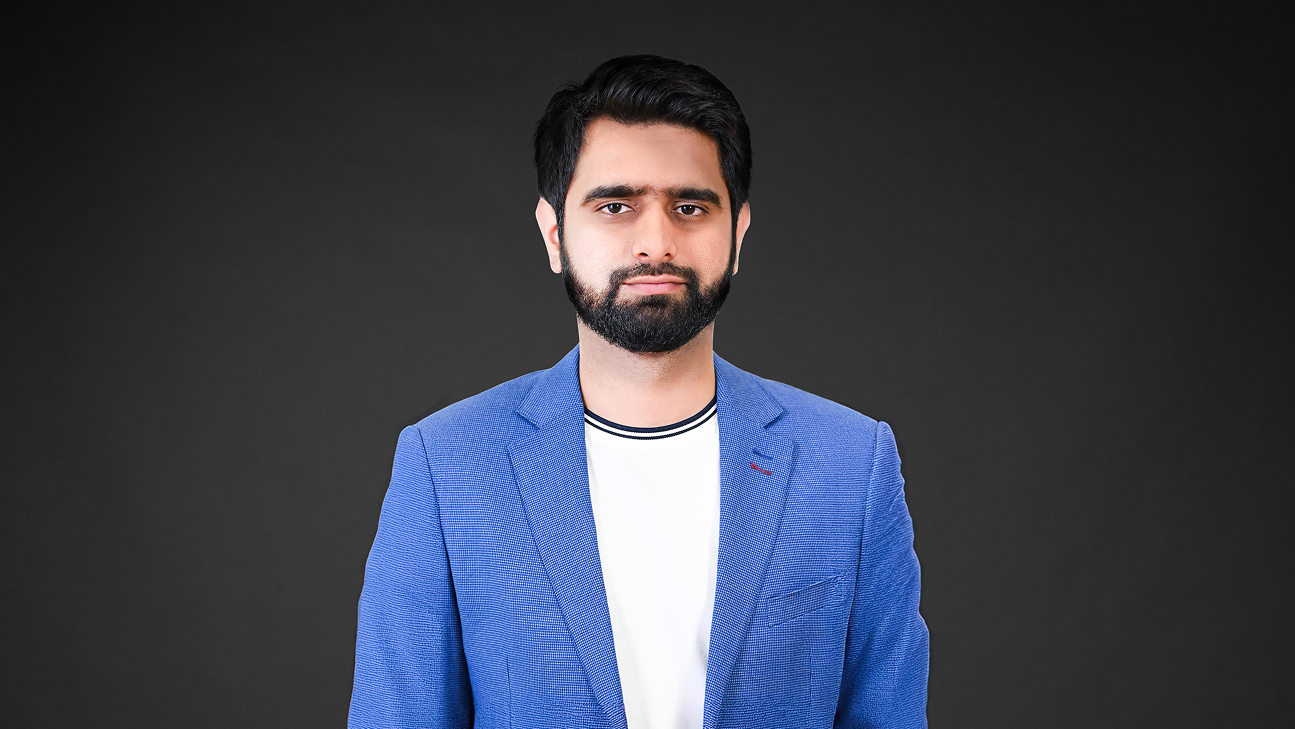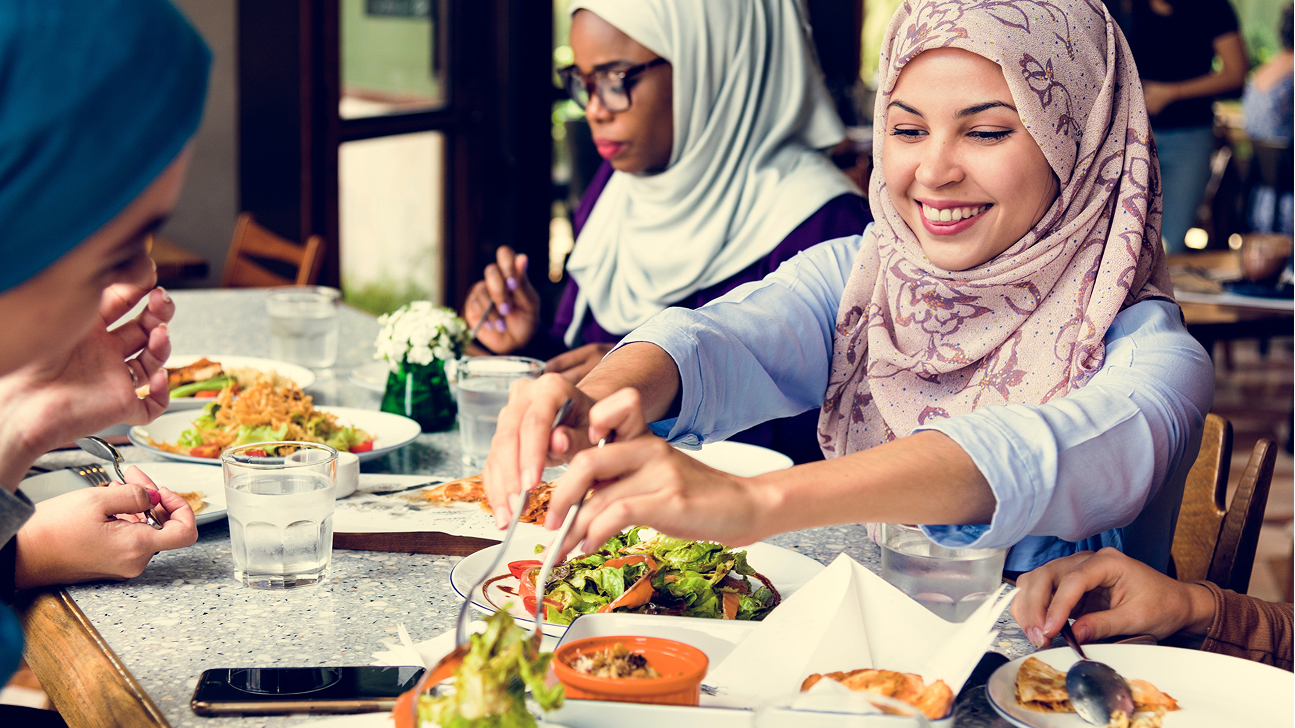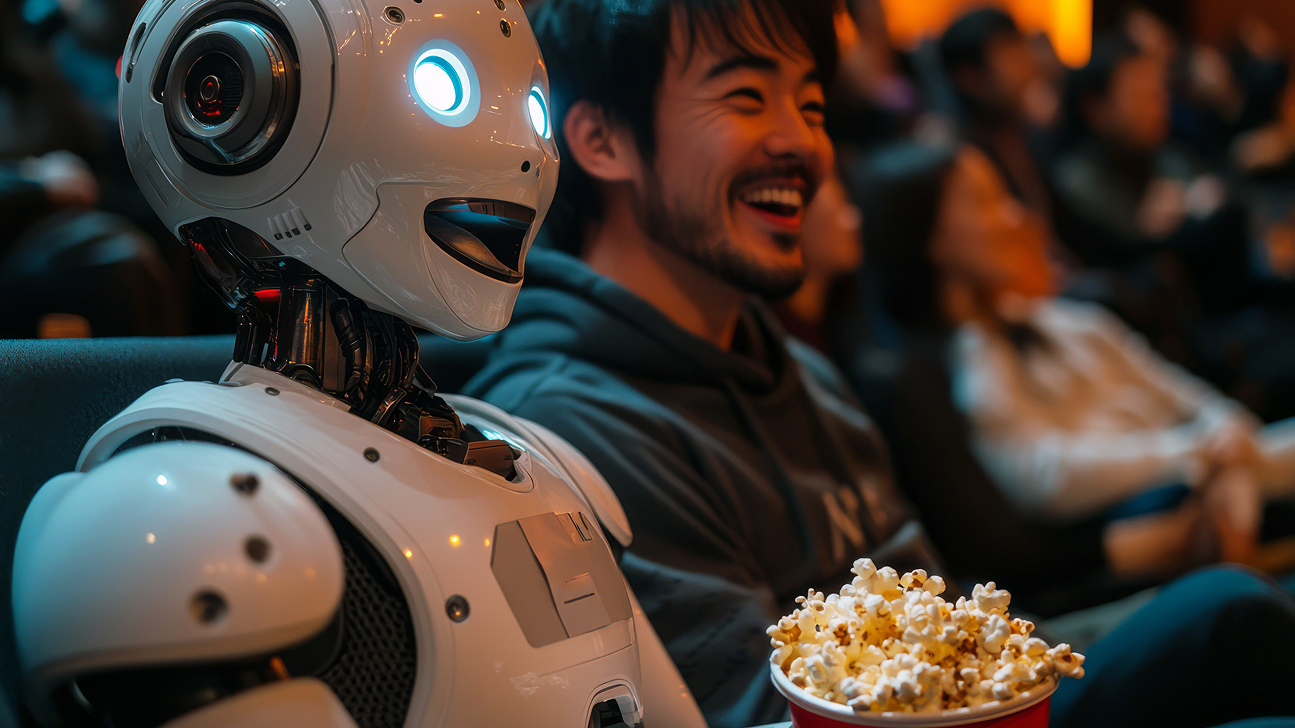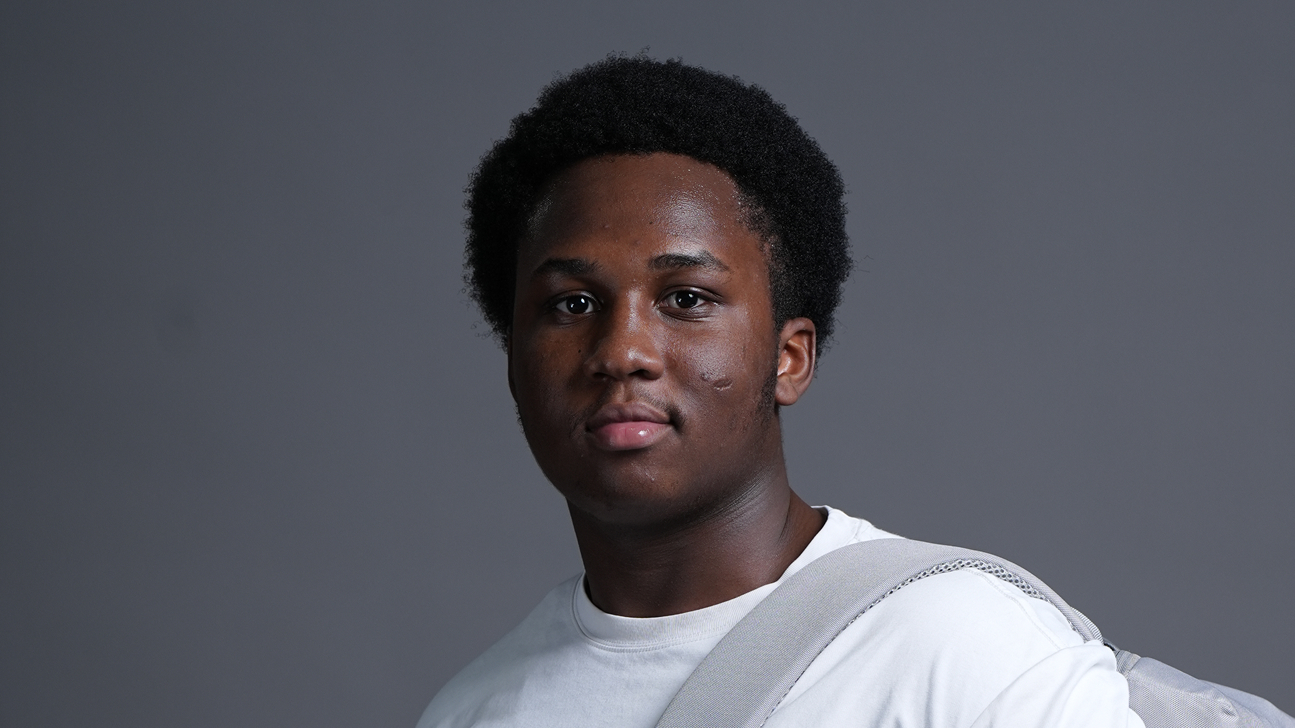How MBZUAI’s first NLP Ph.D. graduate is bringing bias to light
Tuesday, July 01, 2025

As the first natural language processing (NLP) student at Mohamed bin Zayed University of Artificial Intelligence (MBZUAI), Muhammad Arslan Manzoor saw first-hand the growth in personnel and prestige of the NLP department as it recruited world-class faculty, developed breakthrough large language models (LLMs), and won awards at leading technical conferences around the world.
Four years in, his name has been indelibly etched into the history of the department, having become the University’s first NLP Ph.D. graduate: an accolade he is both proud of and somewhat daunted by.
“I’m very happy and excited to be MBZUAI’s first NLP Ph.D. graduate, but at the same time a bit nervous,” he admits. “People may be looking at me and expecting a lot from me after this, but the top-notch faculty reminded me that I should consider myself very blessed to be in this position. I feel even more motivated to work hard and prove that I deserve this.”
Evaluating media bias
Manzoor earned his Ph.D. – and his place on MBZUAI’s roll of honor – through his work on one of society’s most highly discussed issues of the day: media bias.
Working under the supervision of Professor Preslav Nakov — one of the world’s leading experts on ‘fake news’, disinformation, fact checking, propaganda, and media bias detection — Manzoor explored faster, cleaner and more efficient ways to evaluate the political bias and factuality of news outlets.
“Understanding media sources is crucial for promoting social wellbeing — making readers aware of political biases or the factuality of reporting,” says Manzoor. The problem is that news media has such a high pace of publishing that we cannot easily profile and analyze the media at outlet level or source level.
“Existing research has used the textual content of news articles for analysis, but there are challenges to this approach such as noise in the text, difficulties in scraping content from websites, and the lack of clear relationships between news outlets, their content, and their audiences.”
To address this, Manzoor accepted a challenge from Nakov: to focus on graphical perspectives rather than textual. This led to his thesis, ‘MGM: Global Understanding of Audience Overlap Graphs for Predicting the Factuality and the Bias of News Media.’
“We discussed three or four different projects, but the one I was most attracted to was bias in news media,” Manzoor explains. “While this field normally considers only textual perspectives, Professor Preslav asked me to work on graphical perspectives, which was an interesting approach.
“Media graphs are better at capturing these relationships, allowing us to analyze connections and patterns and make media profiling more efficient in real-time. But they have their own limitations. A lack of labelled data and disconnected components make it difficult for graph neural networks (GNNs) to capture long-range dependencies and learn meaningful patterns.”
Graph neural networks are AI tools that learn from the connection between nodes ((i.e, the common factors that link together data points such as photos, sentences, proteins or people) – not just the nodes themselves. In this instance, GNNs are looking not at individual articles or media houses, but also how they link to other stories, publishers, sources and audiences. And then learning from these connections, relationships and structures.
“To tackle this, I proposed MediaGraphMind (MGM), which uses features, structural patterns, and label information from similar nodes in media graphs to help capture long-range dependencies and improve the performance of GNNs and language models.”
“This is important, explains Manzoor, because it gives a clearer understanding of the political leaning and credibility of media sources by establishing a more comprehensive profile based on their relationships with other media sources around the world.
“The moment a media outlet publishes something, we can relate them to their neighboring nodes or neighboring media houses – how they are different to them or how they are similar to them,” he says. Neighboring media houses are those that are connected or linked in a meaningful way, such as by topic, audience, location, ownership or editorial stance.
“We can then profile them based on these relationships, which is better than focusing only on the text, which can take a lot of time. This allows us to easily position them in the media landscape and assess their credibility according to their bias, creating a lens through which you can understand each media source’s perception. “It helps you to know if CNN is left- or right-leaning, for example, or what the credibility of the BBC is if you’re reading something that they’ve published. We want to make people more aware of these things so that they are better informed.”
A global academic journey
Manzoor’s journey towards his milestone Ph.D. has so far spanned more than a decade and three different countries: soon to be four as he takes his next steps in AI research.
He studied at the University of Agriculture, Faisalabad, in his home country of Pakistan from 2013 to 2017, earning a bachelor’s in information technology. A master’s followed in 2020, graduating in computer science and technology from Nanjing University of Science and Technology in China, before earning his Ph.D. in NLP from MBZUAI in the United Arab Emirates.
It was during his bachelor’s that Manzoor developed an interest in AI, which blossomed during his master’s and prompted him to apply to MBZUAI – the world’s first university dedicated entirely to the advancement of science through AI.
“My master’s thesis was in AI, specifically natural language processing— looking at sentiment analysis for low resource or code-switch language,” he says. “I realized AI was about to boom and I was already interested in text and languages, so when I saw the advertisements for MBZUAI I decided to apply.
“I didn’t know that I would be the only Ph.D. student in NLP at that time, but I thought it would be such an interesting time to be at MBUAI as the University was new, and the department was just starting out. They soon recruited more professors such as Professor Preslav, who offered me the opportunity to be his student. This felt like the start of my proper research journey because his experience in the field is renowned, and he has been a genuine and motivating supervisor.”
Manzoor plans to continue with his research in the field of media bias and has already accepted a postdoc role at Interdisciplinary Transformation University Austria (IT:U).
“I want to continue working on problems that are related to social computation. I’ve already started working with a professor at IT:U on a project about scientific claim distortion — how scientific claims are distorted in the news media,” he says.
“If you think back to COVID, there were a lot of claims being made in the media, some of which could be quite damaging. It’s important to know whether scientific studies are correctly cited or misrepresented in media reporting.
“We’re also trying to enhance the efficiency of fact-checkers, so that the factuality of a claim or a news story can be assessed more quickly and efficiently.”
As he prepares for his move to Austria, Manzoor looks back on his time at MBZUAI fondly — particularly the high standard of the faculty and the transformative experience they helped provide.
“When I came to MBZUAI, I did not realize just how high the standard would be,” he says. “The professors here are world-class and it’s clear why the University has quickly become one of the top universities in the world.
“I became so much more resilient at MBZUAI — I learned how to push myself, how to never give up, and I really appreciate the standards the faculty help you reach. Now, my focus is to uplift myself as a researcher and continue working in academia. Perhaps in the long-term I will get a professorship, but for now I will plan my next steps and keep moving forward.”
- natural language processing ,
- nlp ,
- alumni ,
- graduates ,
- media ,
- Ph.D. ,
- bias ,
- commencement 2025 ,
- commencement ,
Related
Teaching language models about Arab culture through cross-cultural transfer
New research from MBZUAI shows how small, targeted demonstrations can sharpen AI cultural reasoning across the Arab.....
Read MoreAI and the silver screen: how cinema has imagined intelligent machines
Movies have given audiences countless visions of how artificial intelligence might affect our lives. Here are some.....
- cinema ,
- AI ,
- artificial intelligence ,
- science fiction ,
- fiction ,
- art ,
Youngest MBZUAI student sets sights on AI superintelligence at just 17
Brandon Adebayo joined the University’s inaugural undergraduate cohort, driven by a passion for reasoning, research, and the.....
- Undergraduate ,
- student ,
- engineering ,


